Leica D-Lux 4 Review
Leica D-Lux 4
We take a look at the Leica version of the Panasonic LX3.
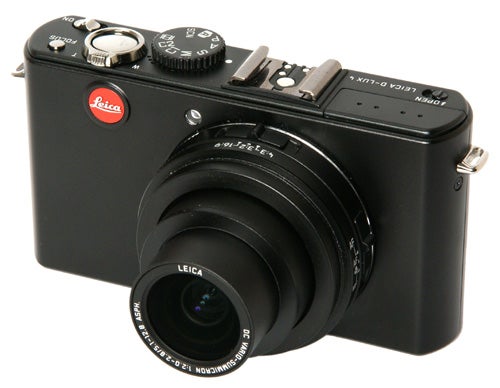
Verdict
Pros
- Outstanding build quality
- Superb lens
- Extremely fast
Cons
- Very expensive
Key Specifications
- Review Price: £510.00
- f/2.0 – f/2.8 wide-angle lens
- 2.5x zoom
- 11.3MP sensor
- 848g
- Shoots in 16:9 format at 9MP
This is a review that I’ve been looking forward to writing for quite some time. Back in November 2008 I reviewed what is, in my opinion, the best digital compact camera currently available, the Panasonic Lumix DMC-LX3. I gave it a well-deserved 10/10 and Editor’s Choice award, and also chose it as my compact camera of the year in our annual awards for that year. I wasn’t alone in my admiration for the LX3; it went on to win an impressive array of top awards from many other photography magazines and websites. The reason I bring this up is because today I’m taking a look at the Leica D-Lux 4.
As some of you may know, Panasonic and Leica have a partnership deal whereby Panasonic makes digital cameras for Leica, while Leica provides its legendary optical expertise and prestigious brand name for the lenses. As a result there are several cameras for which there exist both Panasonic and Leica versions which are virtually identical. The C-Lux 3 is essentially an FX35, while the V-Lux 1 shares many features with the FZ28. The D-Lux 4 is the Leica version of the Panasonic LX3, and I was keen to see if there was any significant difference in performance or picture quality between the two cameras.
There are a few differences that are obvious, most significantly the price. The LX3 isn’t a cheap camera, and is still selling for around £320 even 18 months after its launch. However that looks positively cheap in comparison to the Leica D-Lux 4 which will set you back anywhere between £510 and £595 depending on where you shop. That’s the price of a good mid-range DSLR with a kit lens, so what does the D-Lux 4 offer to justify that sort of price?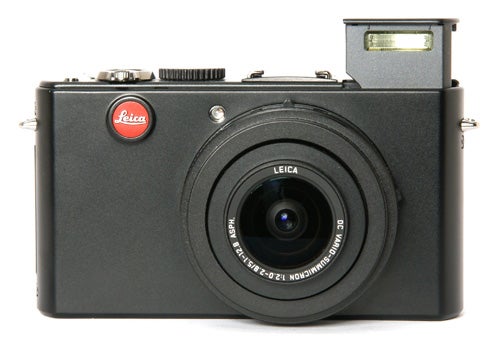
Like the LX3 the D-Lux 4 has outstanding build quality and a simple classic design, but here too there are a few minor differences. Leica is one of the oldest names in photography, having invented the 35mm rangefinder camera format in 1923, and unsurprisingly likes to trade on this impressive heritage. Modern Leica film and digital cameras look very similar to their 90-year-old forebears, and the D-Lux 4 also has a distinctly retro look and feel. While the overall body shape is virtually identical to the LX3 there are a few minor differences. The ends of the top panel are flat, rather than rounded off as they are on the LX3, and the D-Lux 4 lacks the comfortable front handgrip of the Panasonic version. The front panel of the camera is flat and plain, so as not to detract from that small but very expensive red logo in the upper left corner.
The D-Lux 4 has all of the features that make the LX3 so good. Foremost among these is its superb f/2.0 – f/2.8 wide-angle lens, a 2.5x zoom equivalent to 24-60mm. This lens is Leica’s major contribution to the success of the design. While some might find the limited zoom range to be restrictive, the fast maximum aperture gives the camera outstanding low light ability at all zoom settings, while the sheer optical quality gives the D-Lux 4 serious photographic credentials.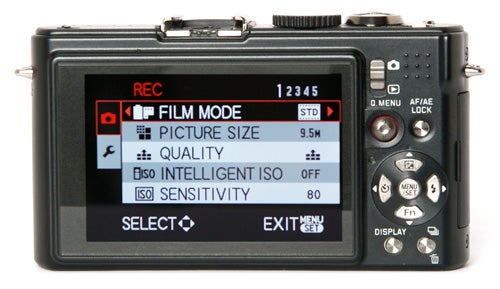
Other features include full manual exposure control, with a minimum aperture of f/8.0 and shutter speeds from one minute to 1/2000th of a second. It has a full range of metering options including spot, centre-weighted, multi-zone and face priority, and sensitivity settings up to 3200 ISO. Like the LX3 it has multiple AF modes, including tracking AF, multi-zone auto, as well as wide, medium and centre-spot single-zone AF. Naturally is also has manual focus.
One very unusual feature is the range of aspect ratios available, selected by a slider switch on the top of the lens barrel. Like the LX3 the D-Lux 4 has a large 11.3MP sensor, but different areas of the sensor are used in different aspect ratio settings giving it greater than usual image resolution at non-standard settings. In 4:3 aspect ratio the full 10-megapixel resolution is used, but it only drops half a megapixel to 9.5MP when switched to the 3:2 setting (the same ratio as 35mm film). It can also shoot in 16:9 format at 9MP.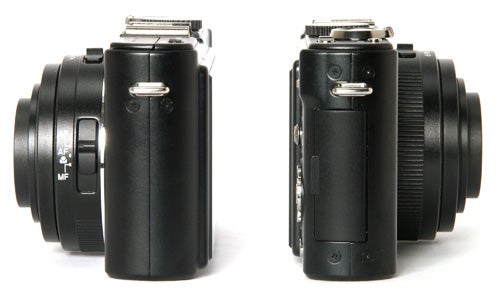
The D-Lux 4 also has the same HD video recording mode as the LX3, shooting in 1280 x 720 resolution at 24 frames per second with mono audio. Clips are limited to 10 minutes in HD mode, and the optical zoom cannot be used while recording.
The D-Lux 4’s overall performance is, not too surprisingly, exactly the same as the LX3, which is to say pretty impressive. It starts up in a little over two seconds, and in single-shot mode at maximum JPEG quality mode it has a shot-to-shot time of approximately 1.7 seconds. When shooting in the Raw mode it can maintain a shot-to-shot time of 1.8 seconds, and even in the Raw + Fine JPEG setting it can manage a shot every 2.3 seconds, which is very fast performance by compact camera standards. 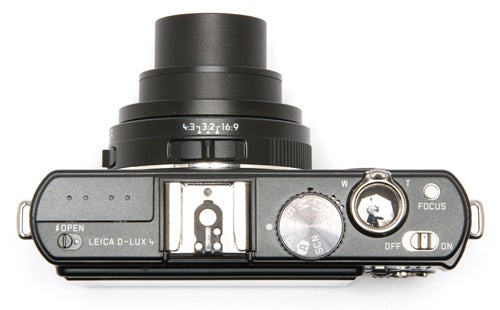
The AF system is also just as impressive, extremely fast and accurate with exceptionally good low light performance. It has the same powerful pop-up flash with a useful range of over eight metres. As for the picture quality, I’ll let the sample shots speak for themselves. If you go and read my review of the LX3, everything I said about that camera also applies to the D-Lux 4.
So the big question still remains; is there in fact any difference at all between the D-Lux 4 and the LX3 apart from the price and the lack of a handgrip? With both cameras sitting in front of me, and a large number of sample shots taken on each I have to confess I cannot see any difference at all. I have been told that the D-Lux 4 uses a different JPEG processing algorithm, so to test this I carefully shot exactly the same scene on both cameras. I’ve included these two shots in the sample images for this review, so you can see for yourself if you can detect any difference, but to my eye there’s nothing between them. The image files are within a few kilobytes of being the same size, and there is no discernible difference in overall quality. There might possibly be a tiny bit more sharpening in the D-Lux 4 image, but to be honest it’s too close to call.
So if the D-Lux 4 is simply a Panasonic LX3 with a different brand name on it, is it worth paying over £200 more just for that little red Leica badge? In truth, for most people the answer is probably no, but there will always be those for whom the heritage and prestige of the Leica name are important factors, and it’s difficult to put a price on these insubstantial qualities. What is beyond doubt is that the D-Lux 4 is a superb camera, and more than worthy of the prestigious name that it carries.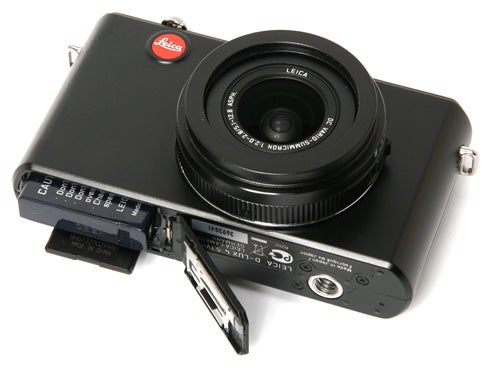
There is also another consideration; the Panasonic LX3 is no longer in production. Stocks are selling out fast, and Panasonic has stated that it has no immediate plans to replace it with an LX4. As far as they are concerned the GF1 compact system camera replaces the LX3. The D-Lux 4 is still in production however, and is available in several different finishes with a range of matching accessories, so if you want the best compact camera in the world it will soon be the only choice.
”’Verdict”’
The Leica D-Lux 4 is the ultimate luxury compact camera. It is extremely expensive, and some of that price is paying for the legendary Leica name, but nonetheless is is a superb camera, with a simple but classically beautiful design as well as outstanding build quality, handling, performance and image quality. It may be a Panasonic LX3 in all but name, but for some that name is worth paying for.
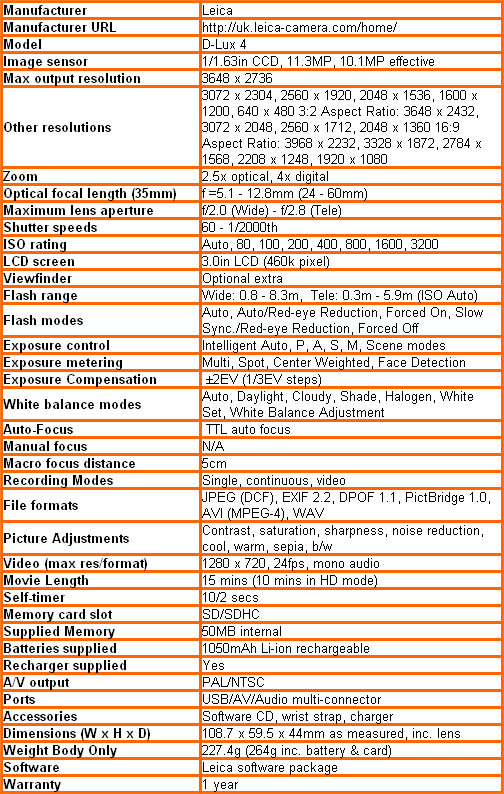
”Over the next few pages we show a range of test shots. On this page the full size image at the minimum and maximum ISO settings have been reduced to let you see the full image, and a series of full resolution crops have taken from original images at a range of ISO settings to show the overall image quality. These pictures were taken indoors using shaded natural light. ”
—-
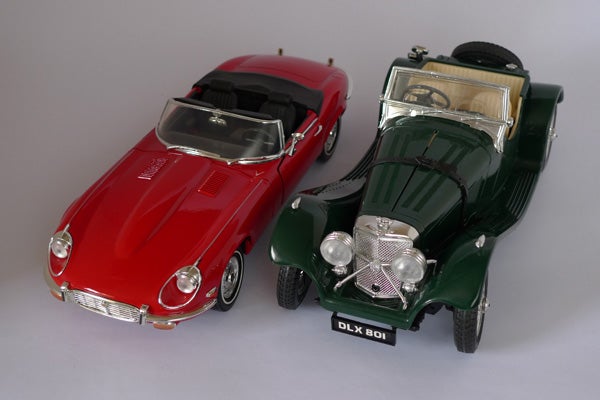
This is the full frame at 80 ISO.
—-
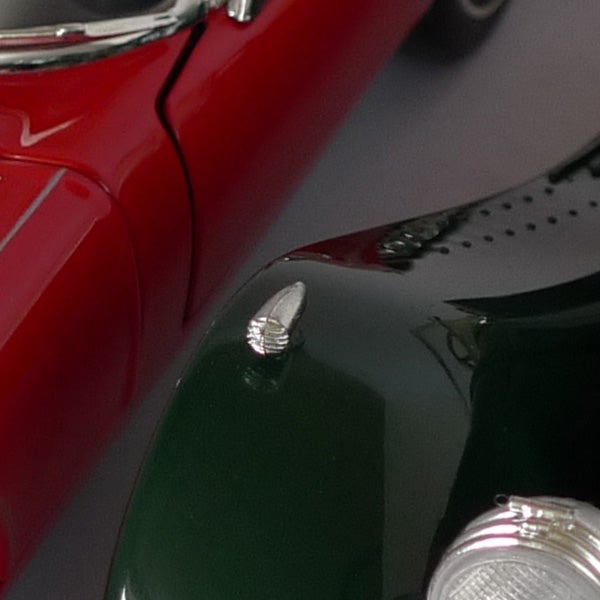
At the minimum ISO setting the image quality is every bit as good as the LX3.
—-
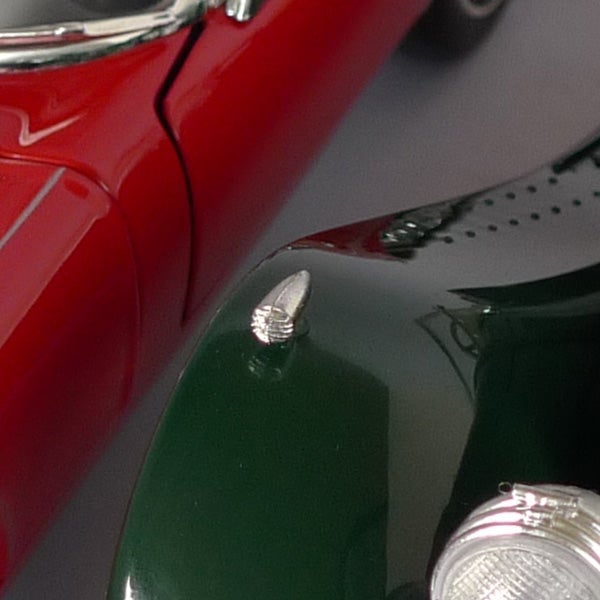
Almost no difference at 100 ISO.
—-
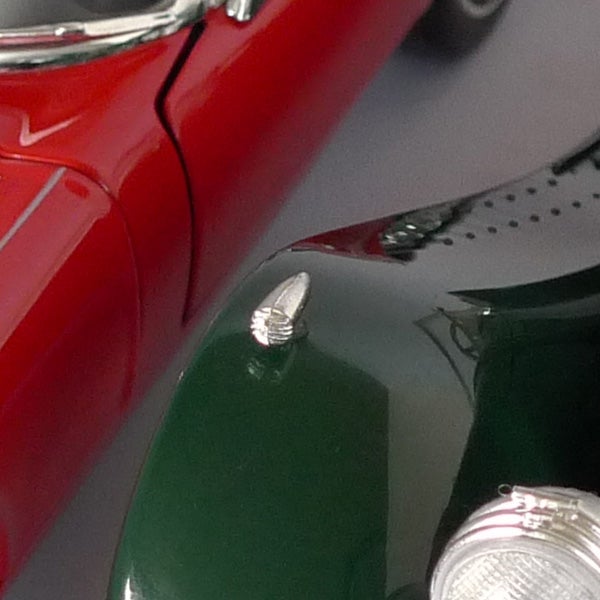
Still no problems at 200 ISO.
—-
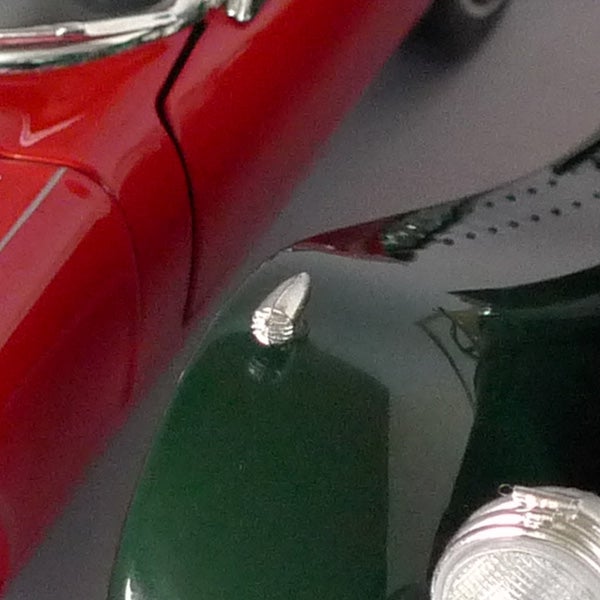
There is a little noise visible at 400 ISO.
—-
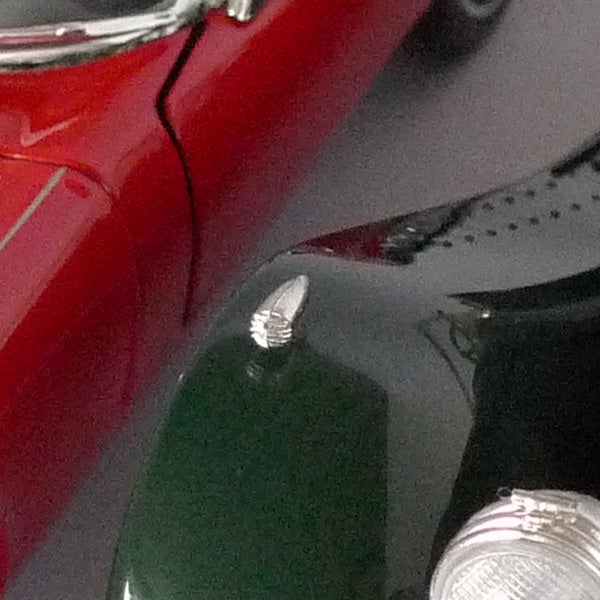
More noise is visible at 800 ISO, but it is well handled.
—-
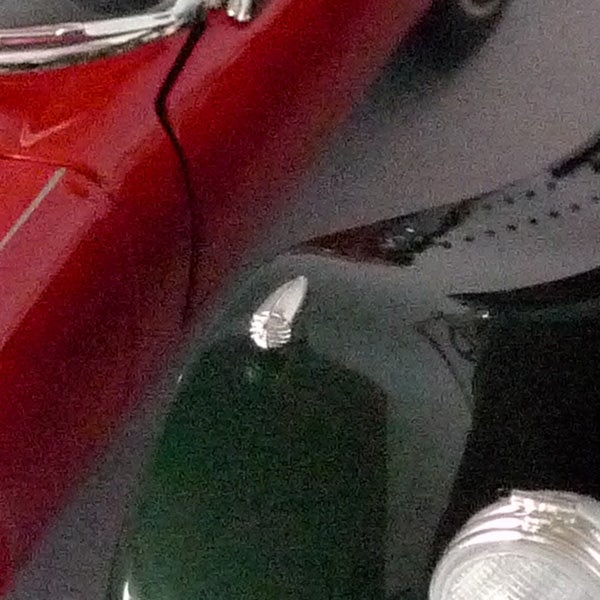
At 1600 ISO there is quite a bit of noise and some colour distortion.
—-
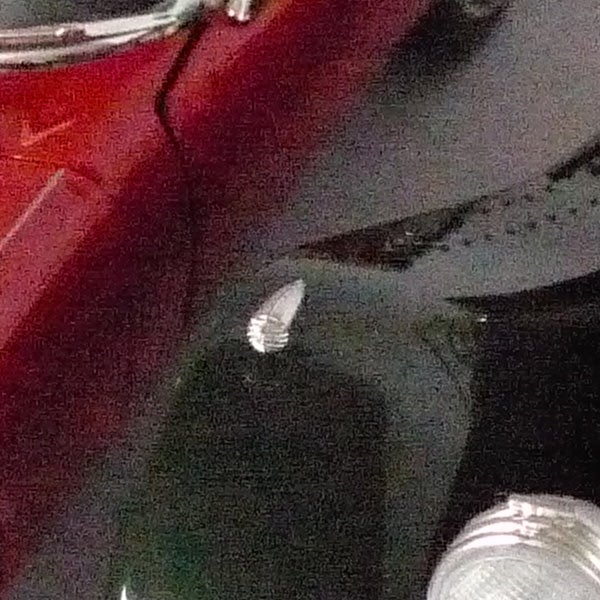
3200 ISO is looking pretty shabby.
—-
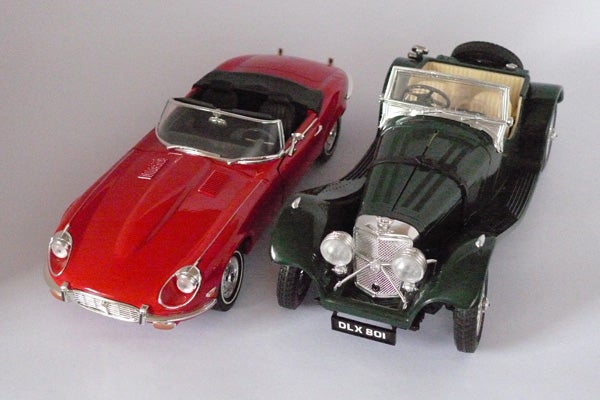
This is the full frame at 3200 ISO.
—-
”A range of general test shots are shown over the next two pages. In some cases, the full size image has been reduced for bandwidth purposes, and a crop taken from the original full resolution image has been placed below it to show the overall image quality. Some other pictures may be clicked to view the original full-size image. ”
—-
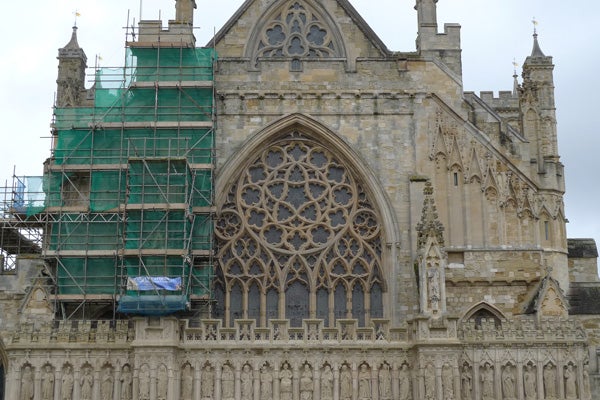
The D-Lux 4’s 60mm-equivalent zoom lens was too wide for my normal detail shot, but I’ve taken it anyway so you can compare it with the LX3. The downloadable image is approximately 4.5MB.
—-
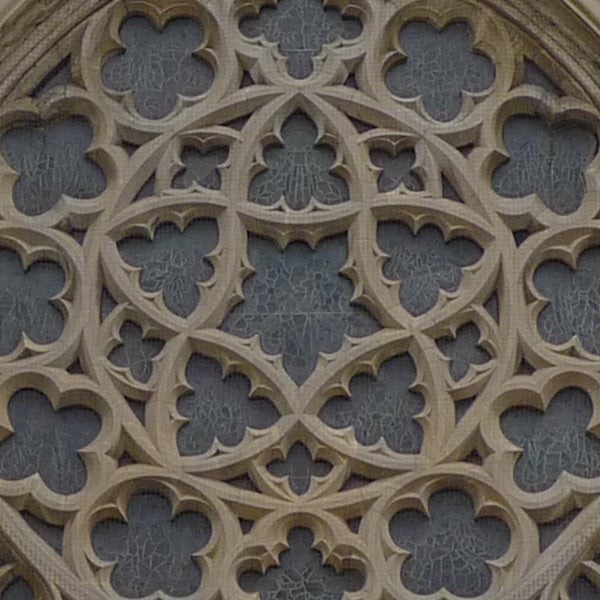
There is lots of sharp detail and no compression artefacts.
—-
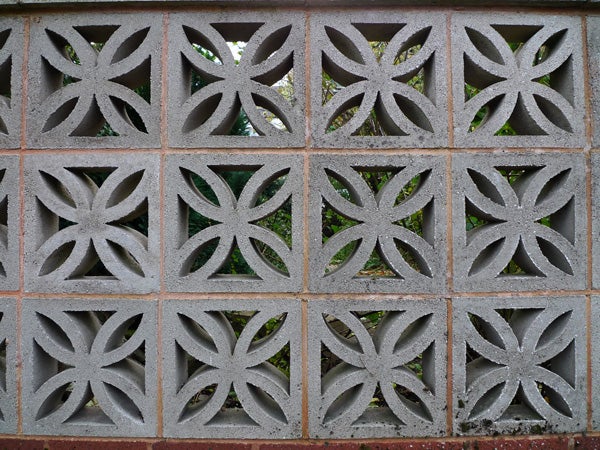
The superb Leica lens produces very little barrel distortion despite the very wide angle.
—-
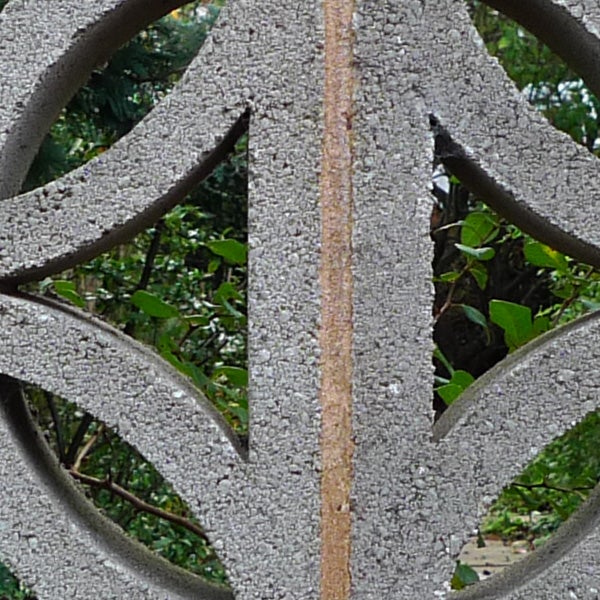
Centre sharpness is superb.
—-
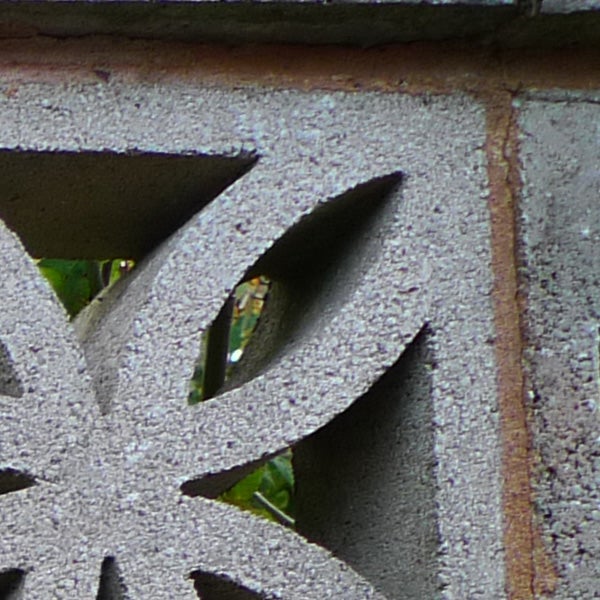
Corner sharpness is also perfect.
—-
”Here are some general test shots to help evaluate the camera’s overall image quality, including the zoom range of the lens. Some pictures may be clicked to download the full size original image ”
—-
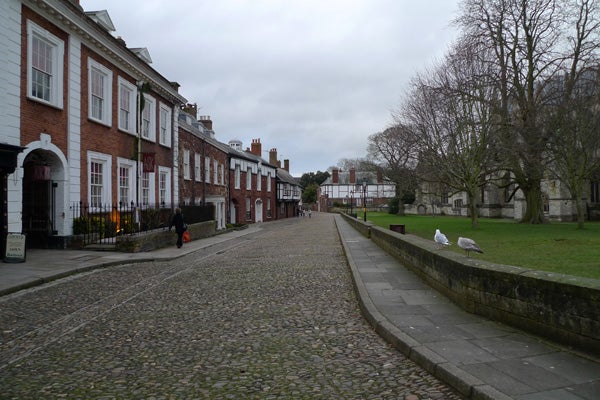
The wide angle end is equivalent toi 24mm.
—-
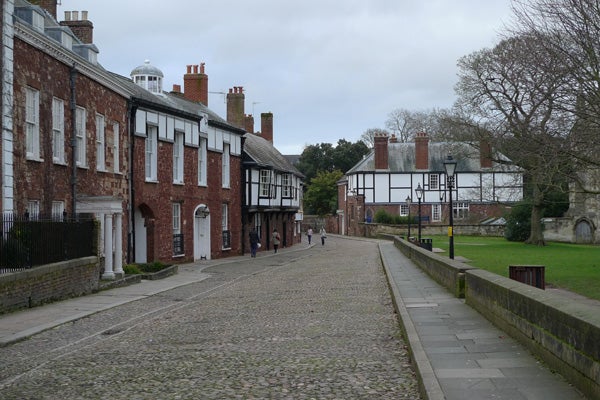
The telephoto end is equivalent to 60mm, much wider than most compact cameras.
—-
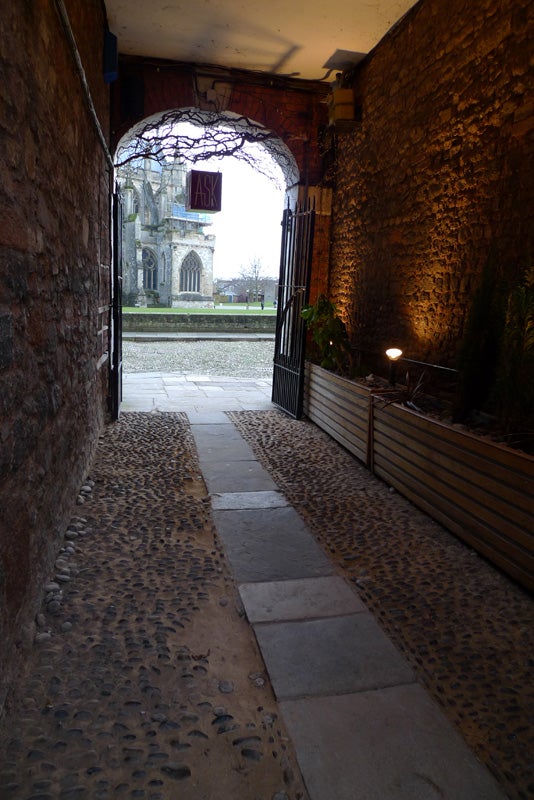
Dynamic range is much better than most 10MP compacts thanks to the larger format sensor.
—-

Colour rendition is extremely accurate.
—-

The D-Lux 4 copes well with unusual exposures.
—-
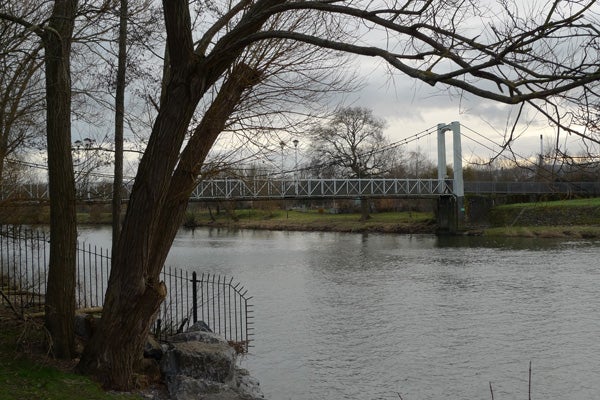
This photo was taken using the D-Lux 4…
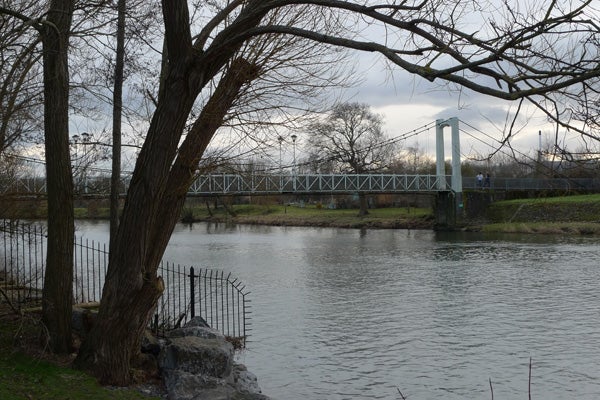
…while this shot was taken on the Panasonic LX3. Download the full sized versions (approx. 4.6MB) and see if you can spot any difference in quality.
—-
Trusted Score
Score in detail
-
Value 6
-
Image Quality 10
-
Build Quality 10
Features
| Camera type | Digital Compact |
| Megapixels (Megapixel) | 10.1 Megapixel |
| Optical Zoom (Times) | 2.5x |
| Image Sensor | CCD |
| Image Stabilisation | Optical |
| LCD Monitor | 3 in |
| Flash modes | Accessory Shoe, Built-in Flash |
| Video (max res/format) | 1280 x 720 |
| Memory card slot | Internal Memory, MMC, SD Memory Card, SDHC Memory Card |

